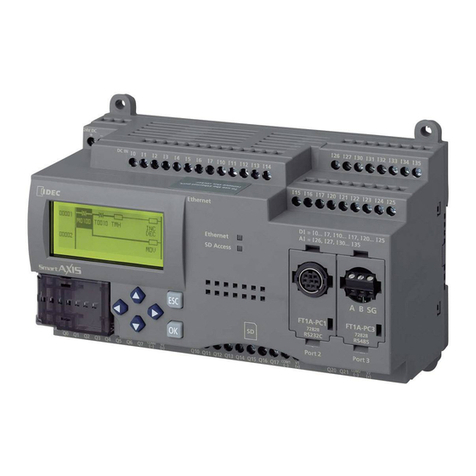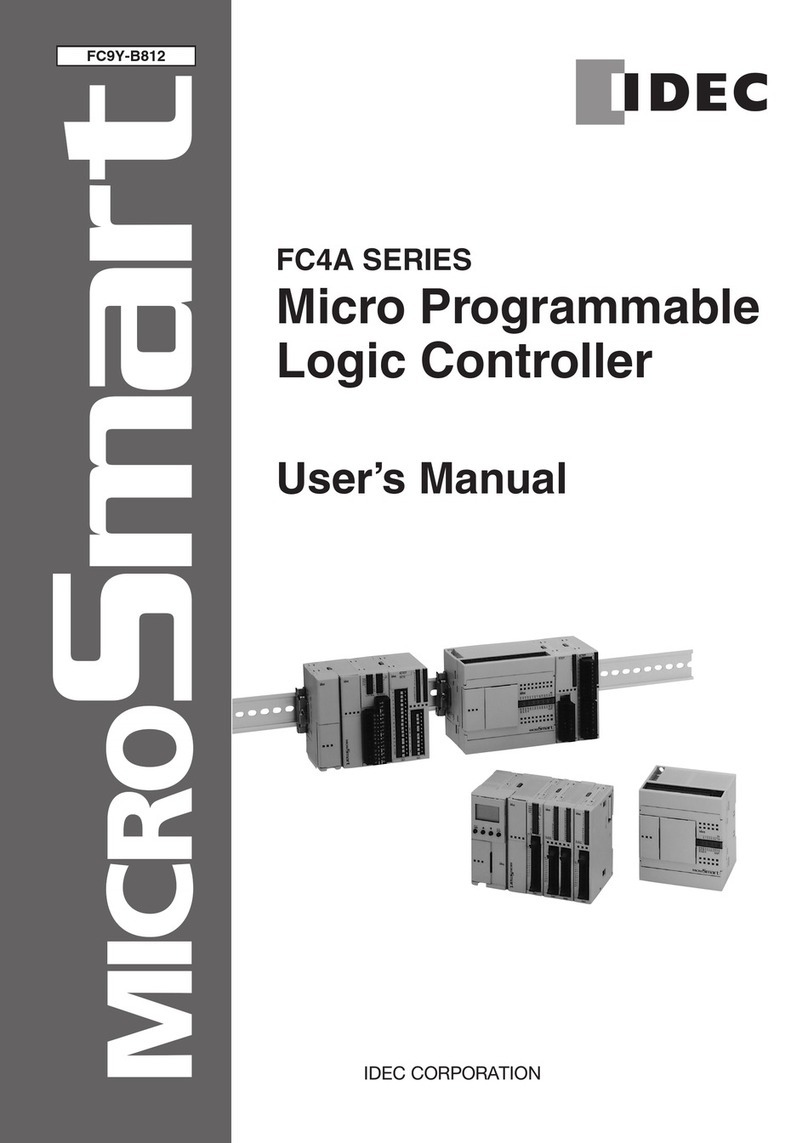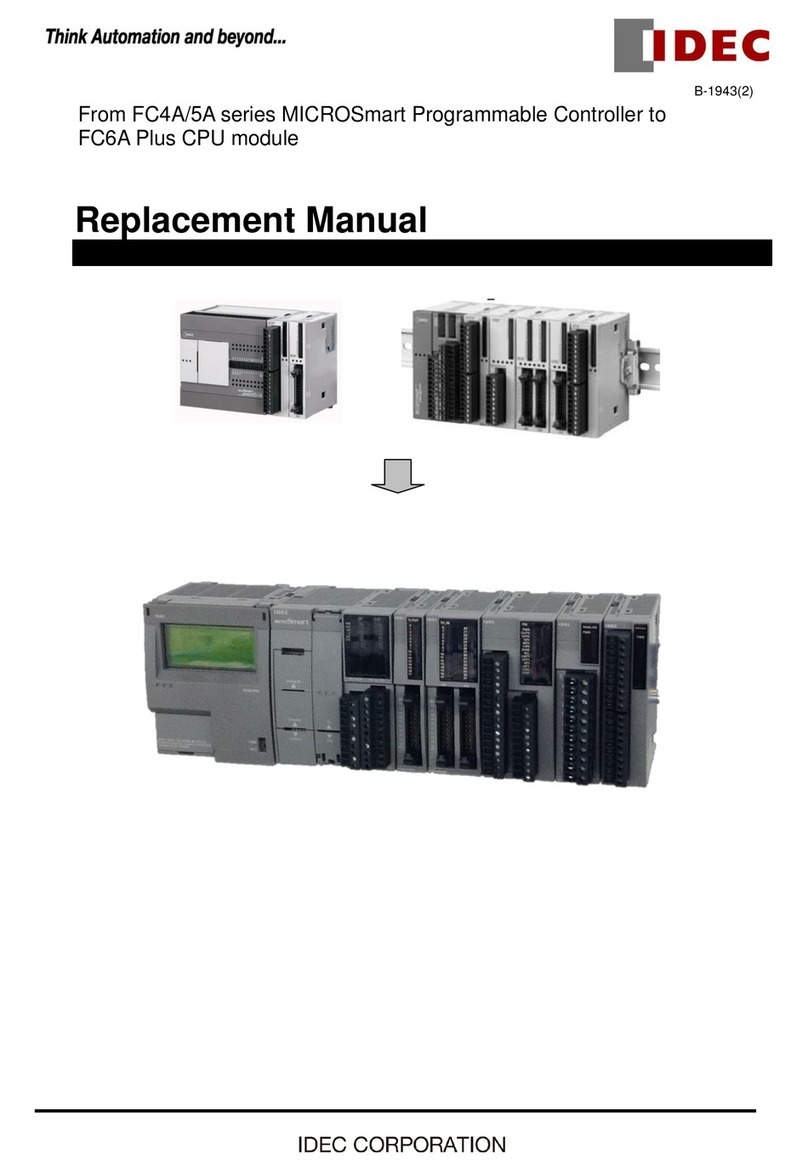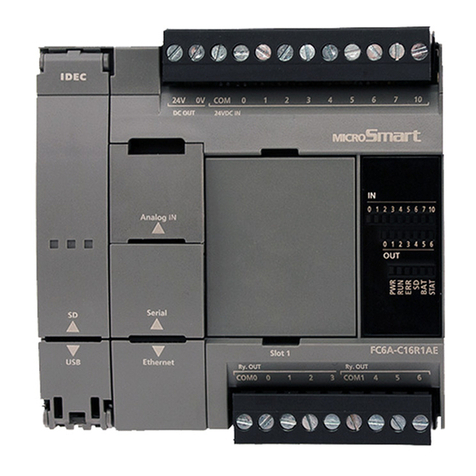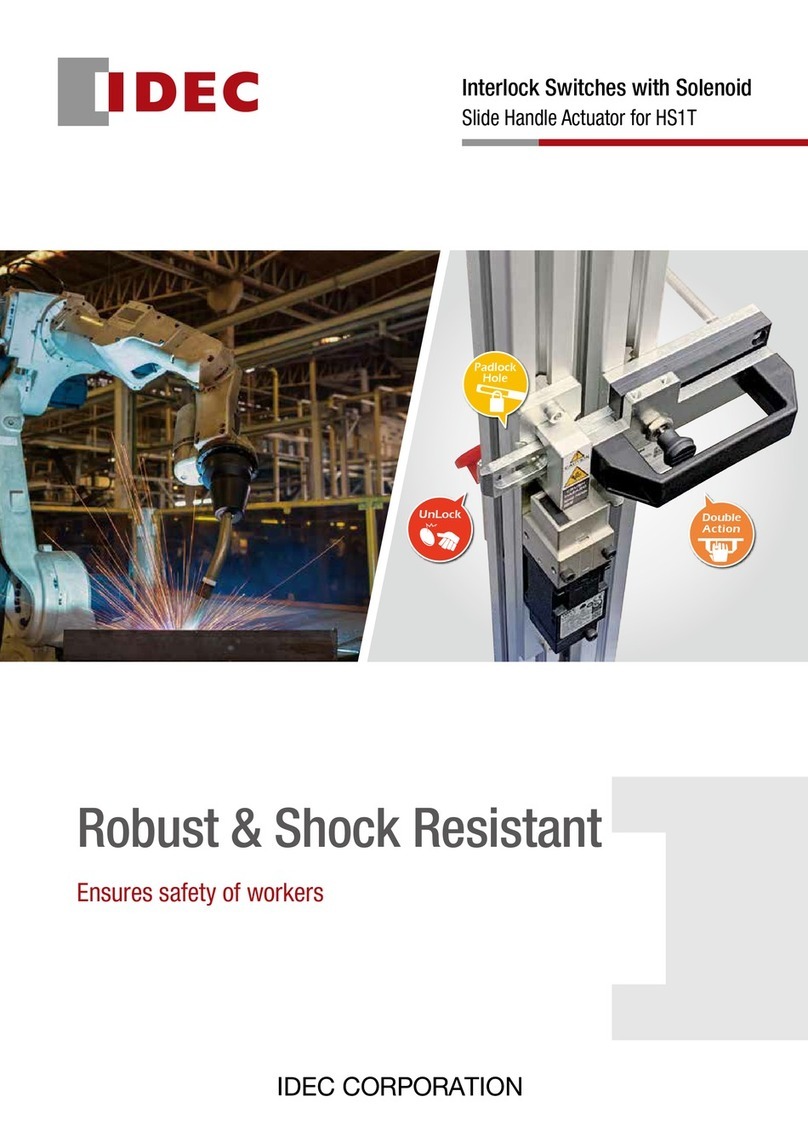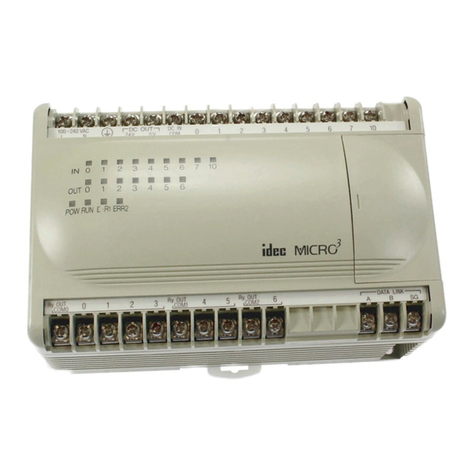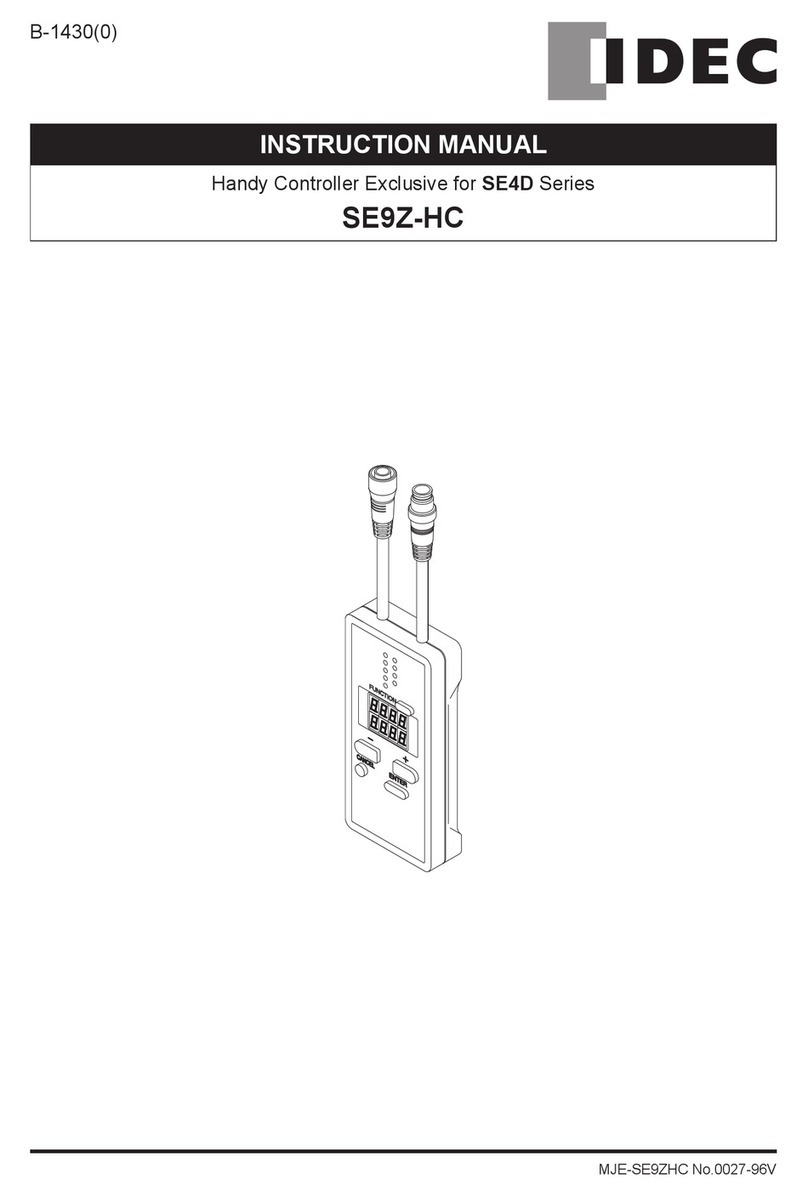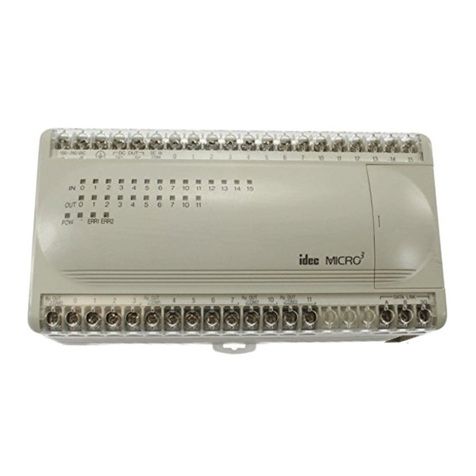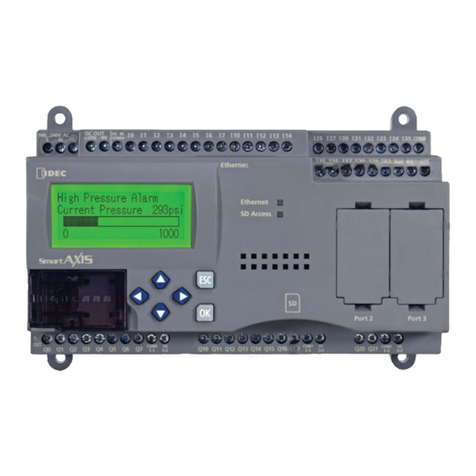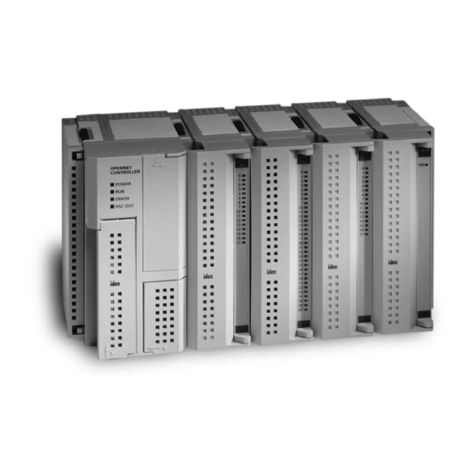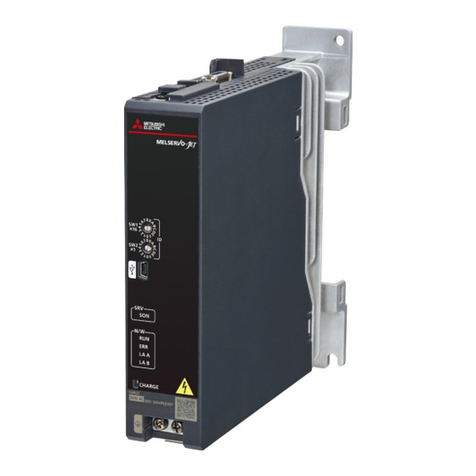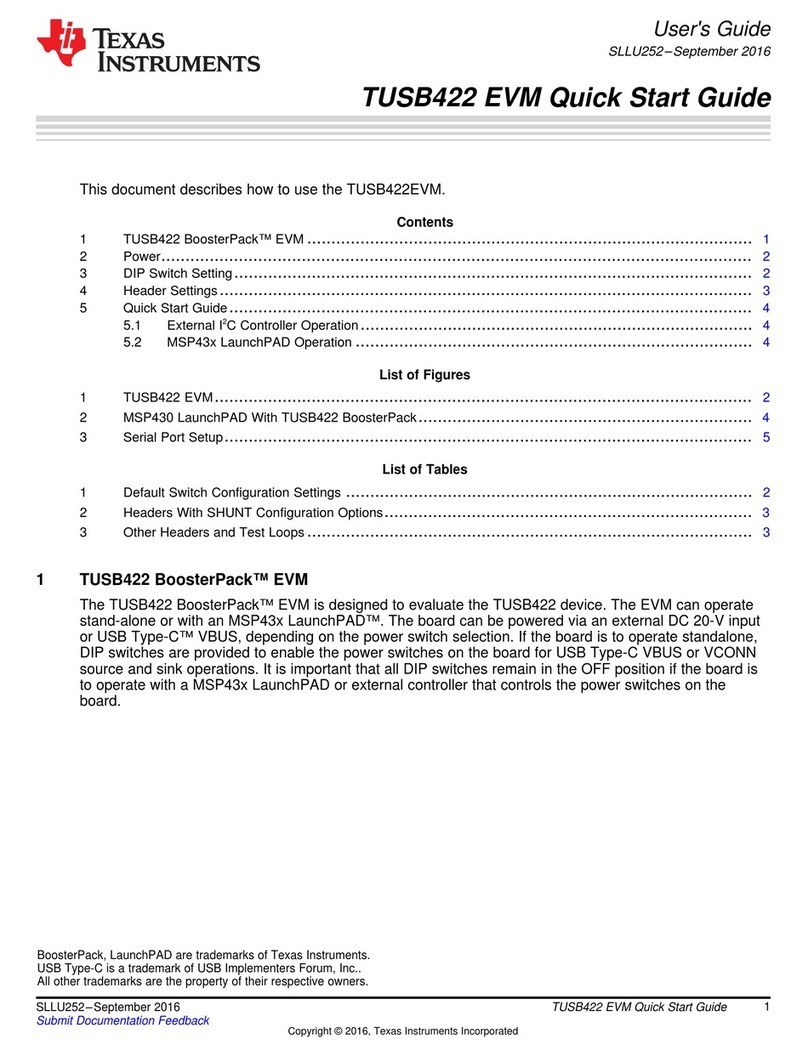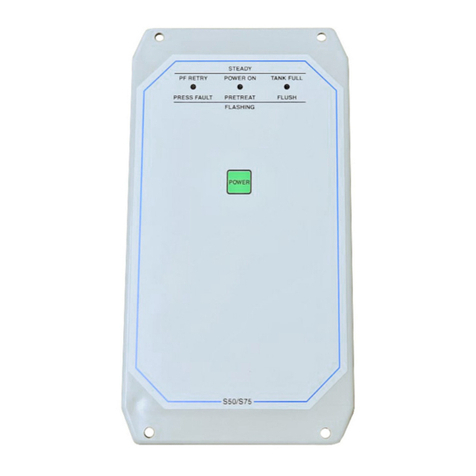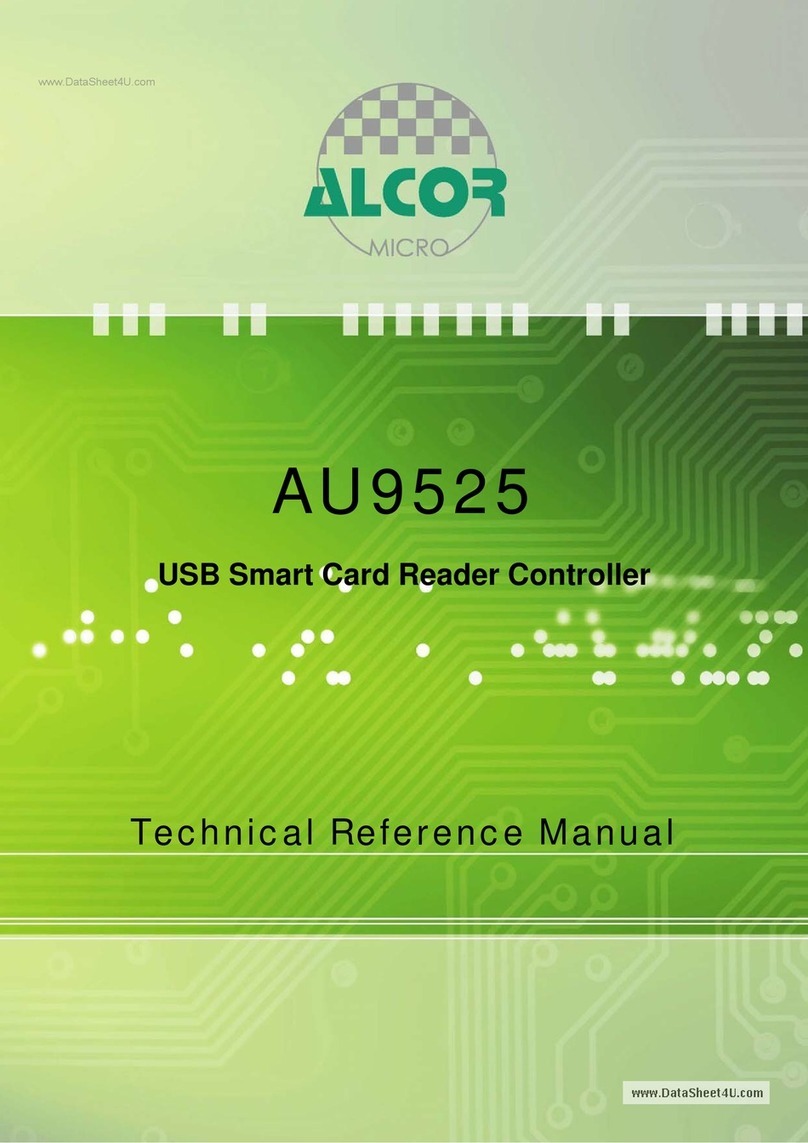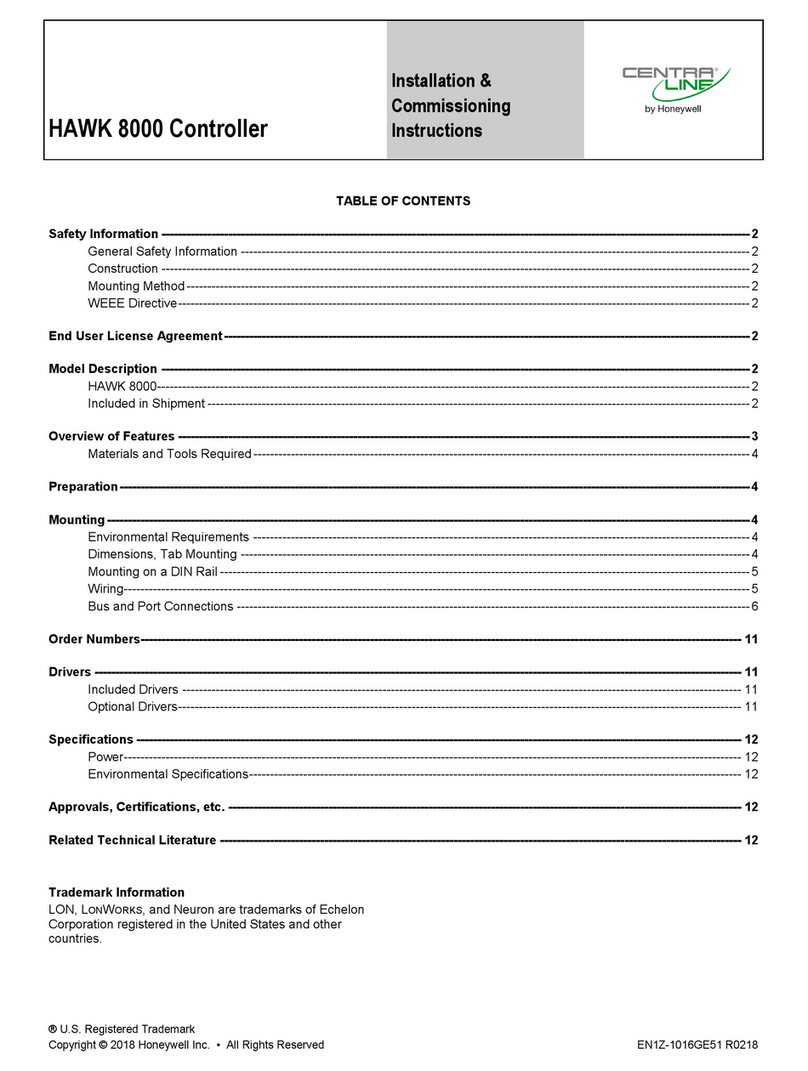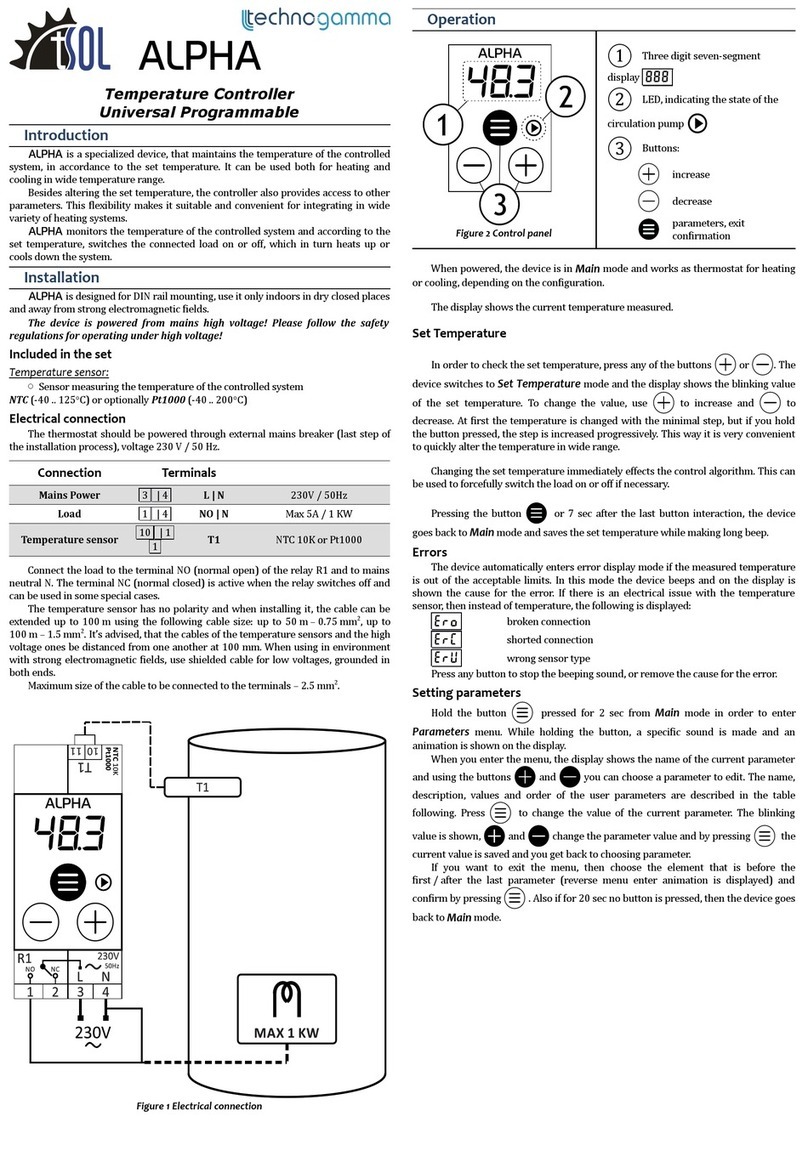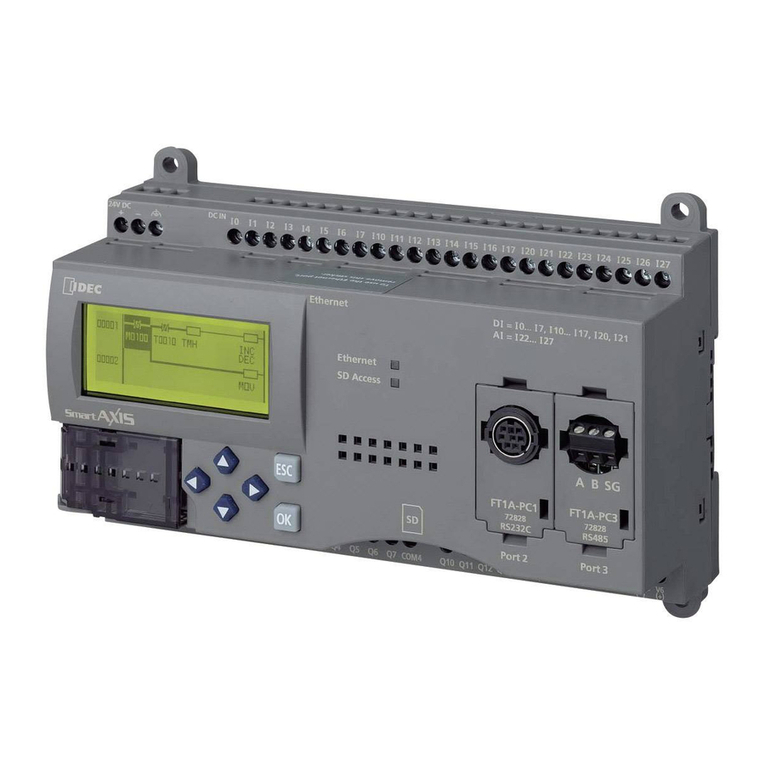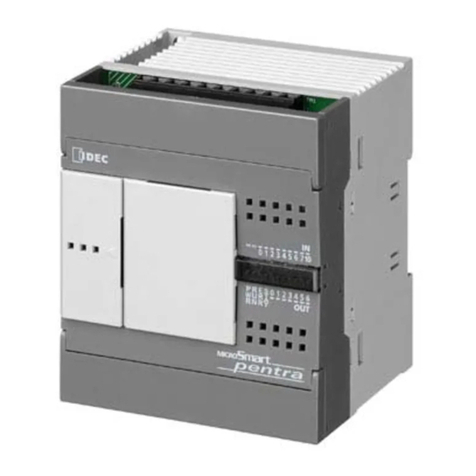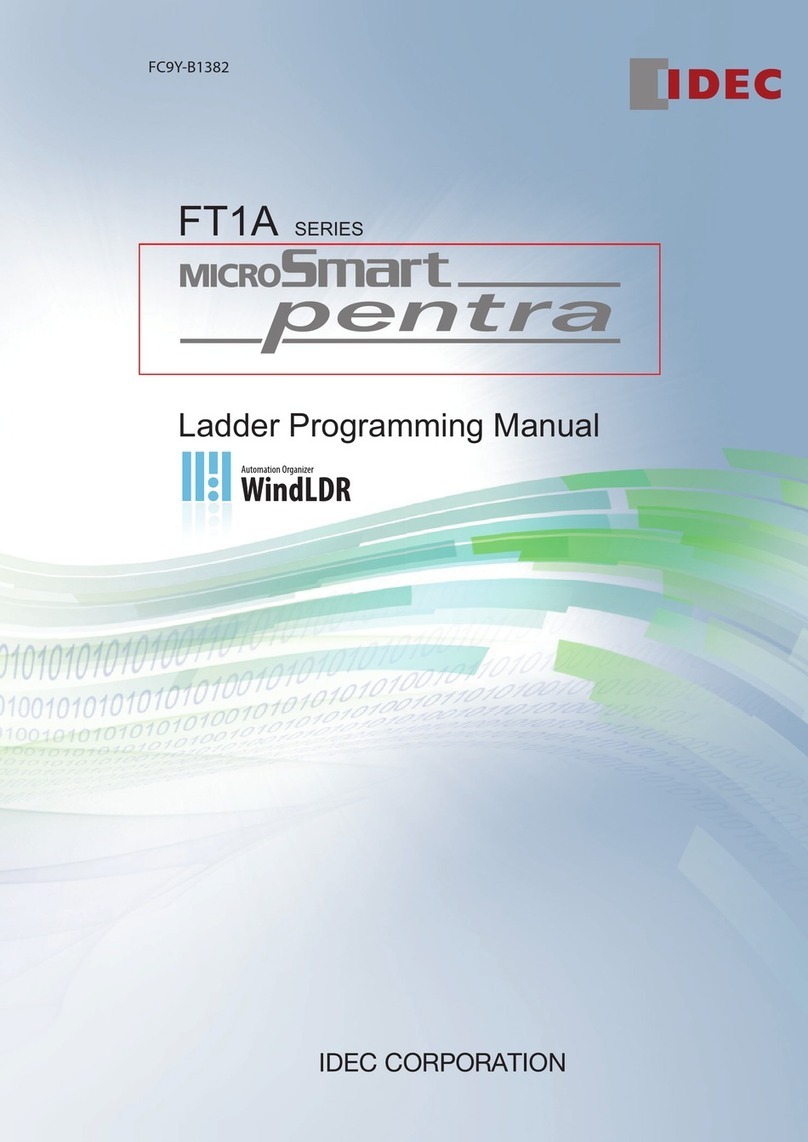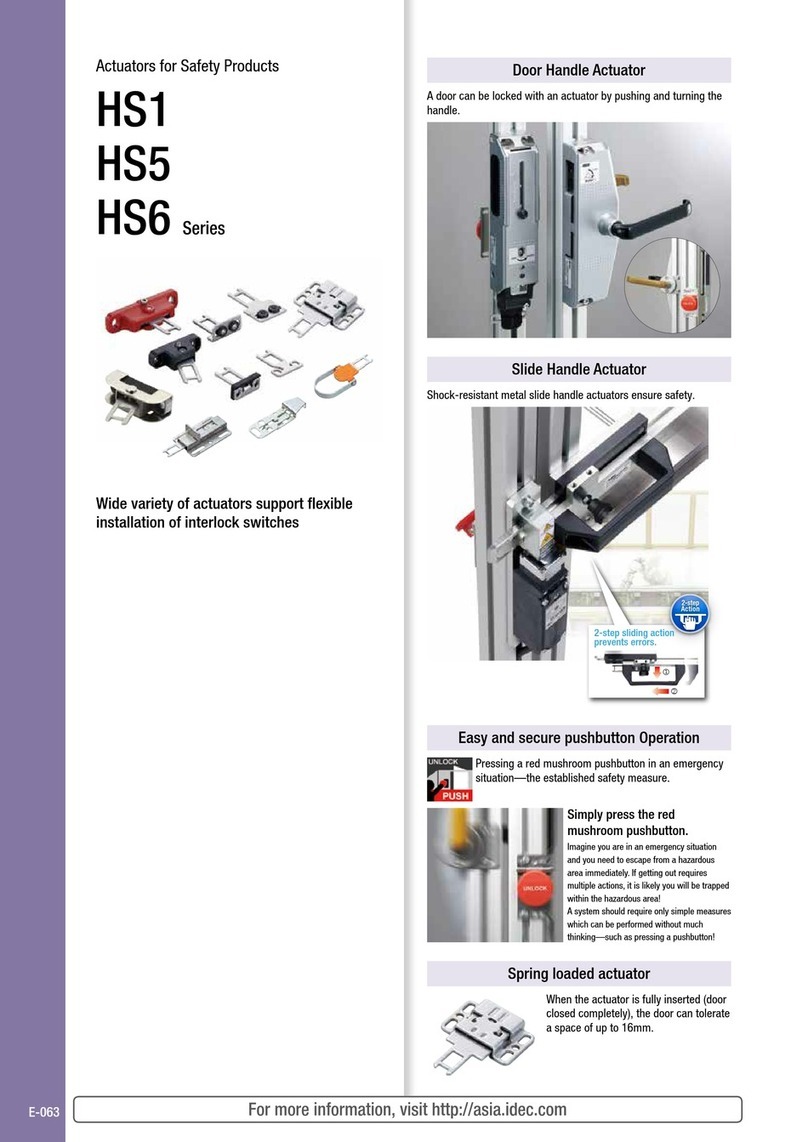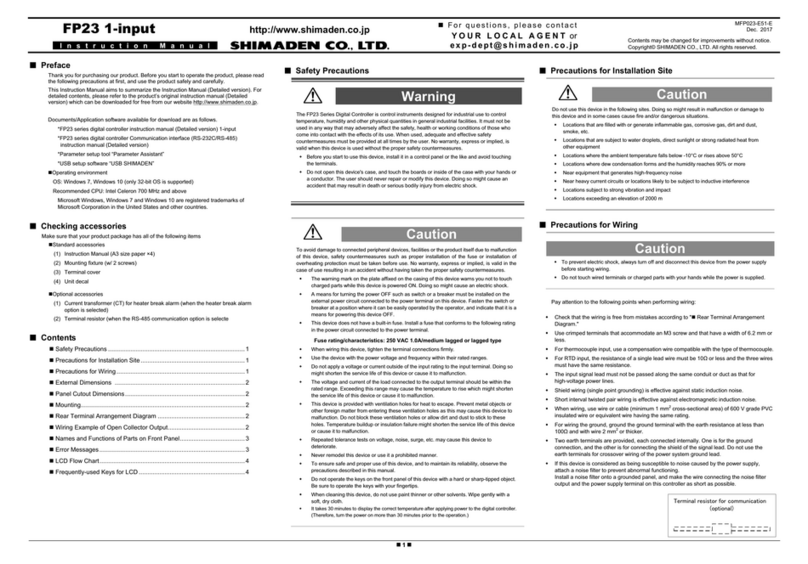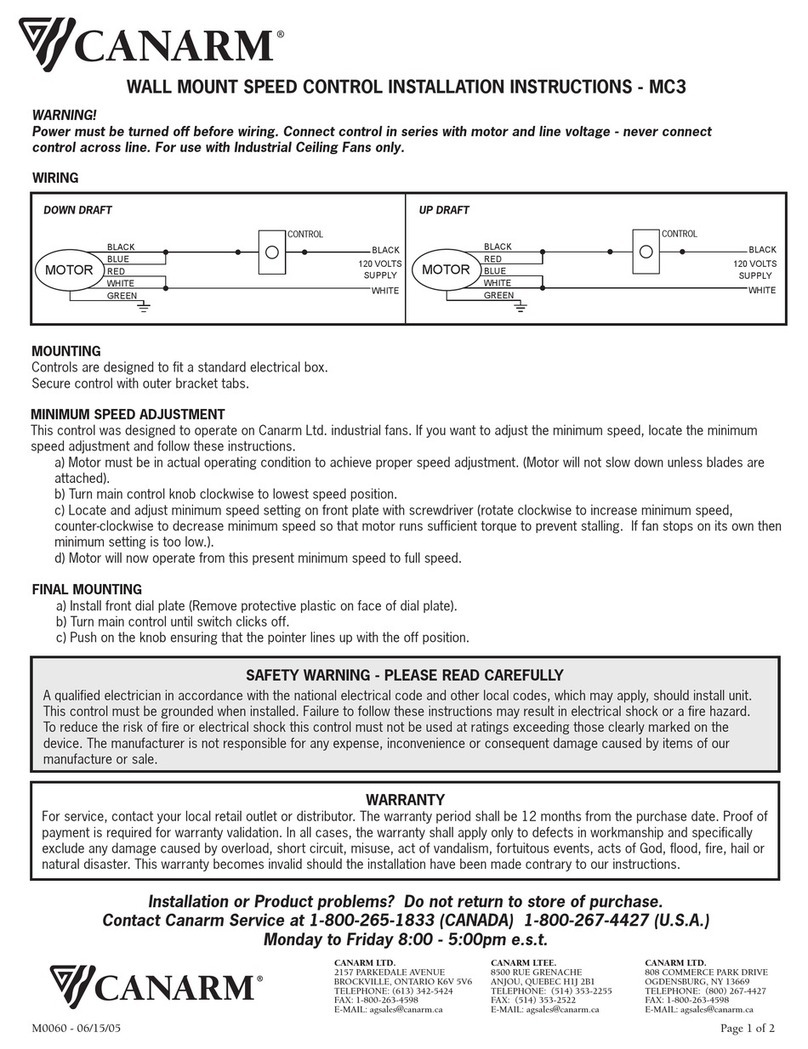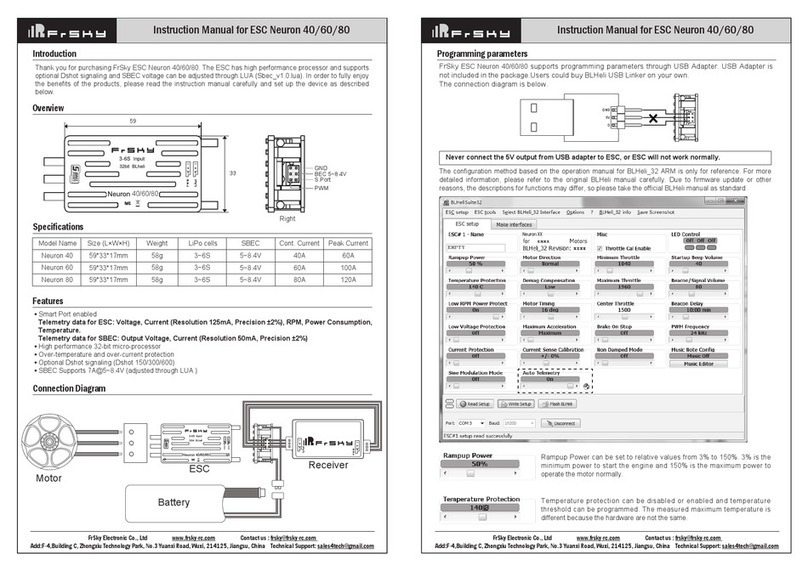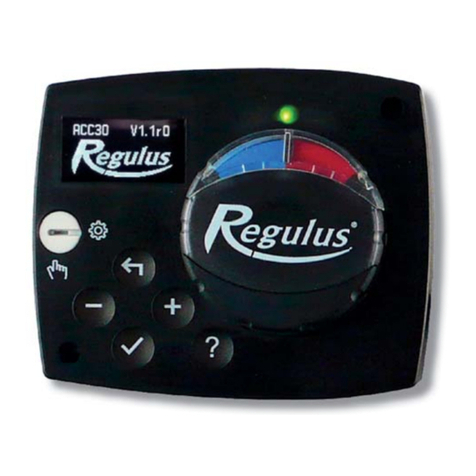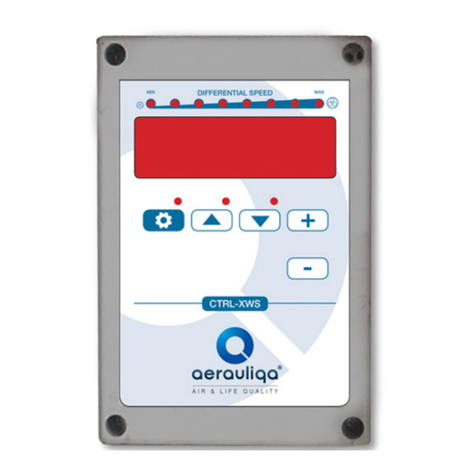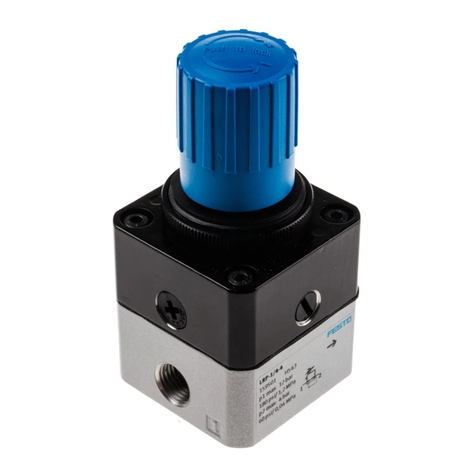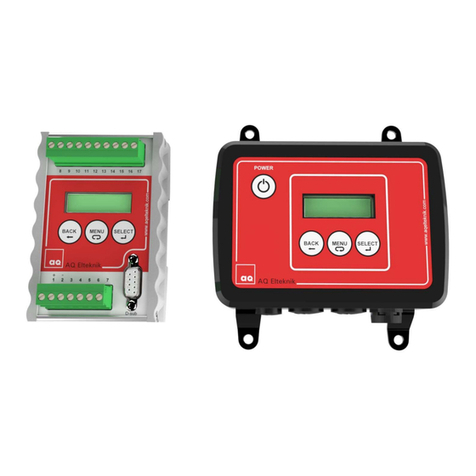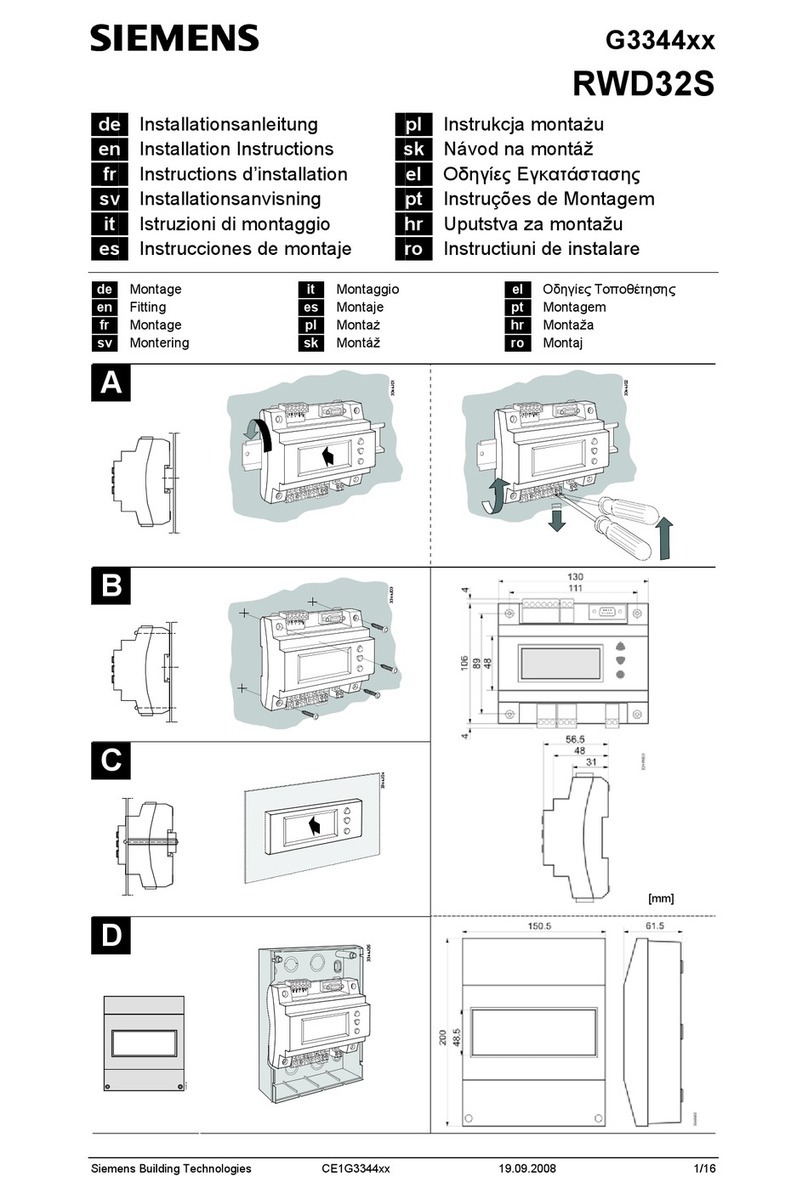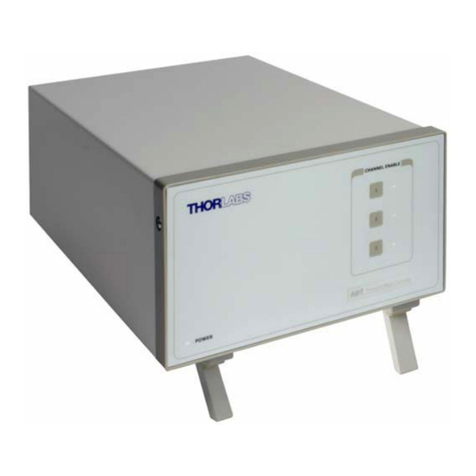CONTENTS
Chapter1 OVERVIEW .......................................................................................................................................................... 1-1
About the SafetyOne................................................................................................................................................. 1-1
Features of the SafetyOne........................................................................................................................................ 1-2
Chapter2 PRODUCT SPECIFICATIONS.............................................................................................................................. 2-1
Parts Description....................................................................................................................................................... 2-1
General specifications............................................................................................................................................... 2-2
Dimensions............................................................................................................................................................... 2-4
Applicable standards................................................................................................................................................. 2-5
Safety performance .................................................................................................................................................. 2-6
Safety input specifications ........................................................................................................................................ 2-8
Start input specifications........................................................................................................................................... 2-9
Safety output specifications.................................................................................................................................... 2-10
Monitor output specifications ...................................................................................................................................2-11
Solenoid/Lamp output specifications ...................................................................................................................... 2-12
Logic number.......................................................................................................................................................... 2-13
Indicators................................................................................................................................................................ 2-14
Specification of configuration switches ................................................................................................................... 2-16
Connector specifications......................................................................................................................................... 2-17
Chapter3 INSTALLATION AND WIRING.............................................................................................................................. 3-1
WARNIG and CAUTION........................................................................................................................................... 3-1
Installation method.................................................................................................................................................... 3-3
Wiring method........................................................................................................................................................... 3-6
Chapter4 BASIC OPERATIONS........................................................................................................................................... 4-1
Internal states........................................................................................................................................................... 4-1
Turning on the power................................................................................................................................................ 4-3
Using the protective cover ........................................................................................................................................ 4-3
Logic configuration.................................................................................................................................................... 4-4
Timer configuration................................................................................................................................................... 4-6
Canceling the Protection state.................................................................................................................................. 4-8
Canceling the Stop state........................................................................................................................................... 4-9
Chapter5 LOGIC................................................................................................................................................................... 5-1
Logic selection guide ................................................................................................................................................ 5-1
Safety performance on each wiring of inputs and outputs ........................................................................................ 5-3
Logic 101: The logic for various apparatus............................................................................................................... 5-8
Logic 11A: The logic for apparatus with openings................................................................................................... 5-19
Logic 11b: The logic for apparatus with NO/NC contact inputs ............................................................................... 5-31
Logic 11C: The logic for apparatus with openings................................................................................................... 5-43
Logic 11d: Muting function logic for apparatus with openings................................................................................. 5-55
Logic 102: Partial stop logic for apparatus with openings....................................................................................... 5-69




















